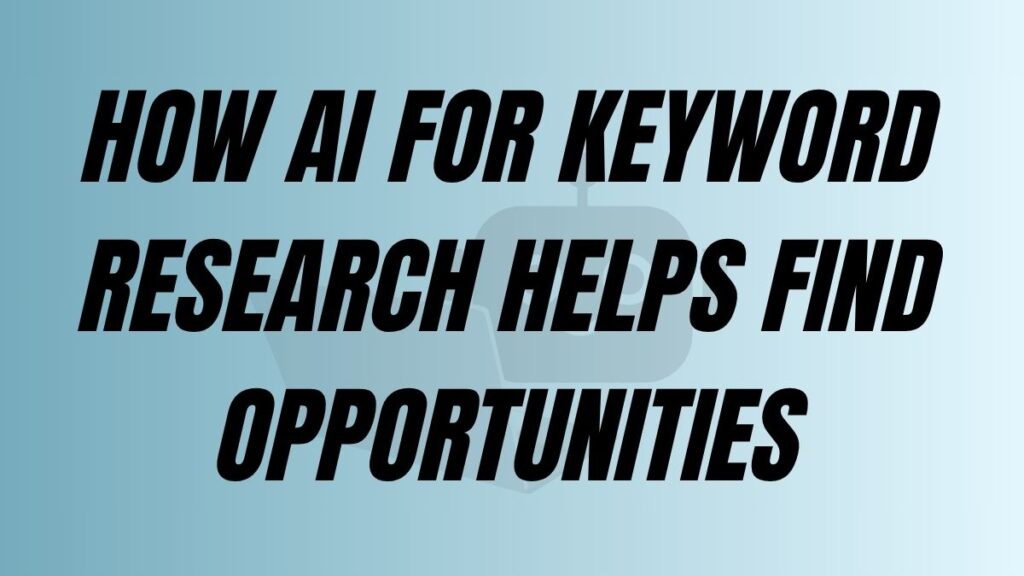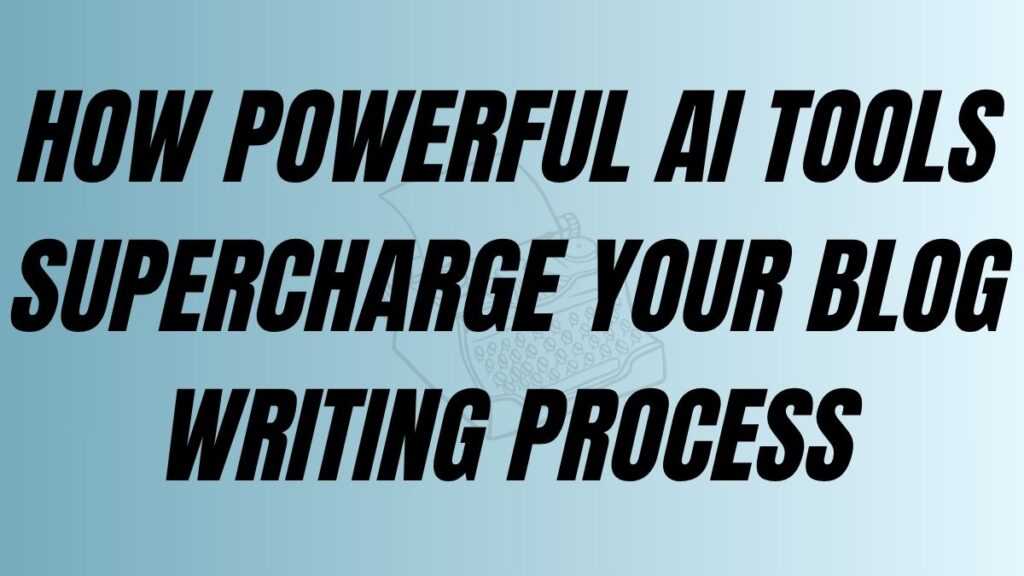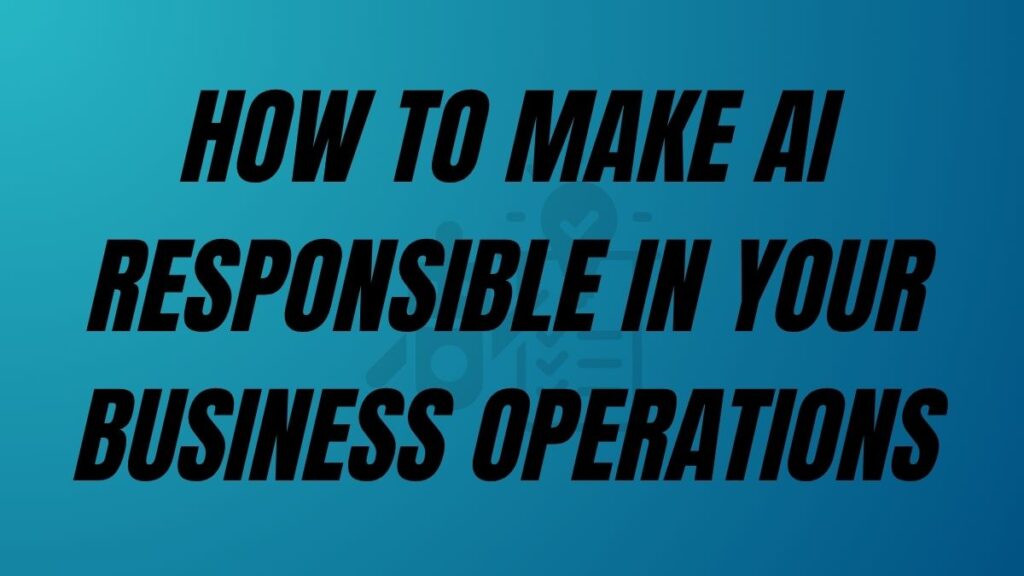Introduction
Did you know why you should use AI email segmentation? Personalised emails deliver 6x higher transaction rates according to Salesforce, yet most marketers admit they struggle to segment their audiences effectively beyond basic demographics. It’s a common frustration. We’ve all received those emails that feel completely irrelevant – the generic product push, the announcement that misses the mark, the content that just doesn’t resonate. In today’s crowded inboxes, this kind of generic communication doesn’t just get ignored; it gets deleted, marked as spam, or worse, leads to valuable subscribers hitting ‘unsubscribe’. Simply put, sending the same message to everyone no longer cuts it if you want to drive real results.
But what if you could ensure almost every email you send feels relevant, timely, and genuinely useful to the recipient? Enter AI-powered email segmentation. Think of it as having a super-smart assistant embedded in your marketing tools, one capable of analyzing vast amounts of data to understand exactly what different groups within your audience want and need to hear, often before they even know it themselves. It’s the key to unlocking truly personalized communication at scale.
In this article, we’ll dive into the world of AI email segmentation. I’ll break down what it is and why it’s rapidly becoming essential for modern marketers. We’ll explore how the underlying technology actually works (without getting bogged down in overly technical jargon), look at the sophisticated segmentation strategies AI enables beyond simple demographics, see real-world examples of its success, and finally, discuss how you can start implementing it in your own campaigns without pulling your hair out.
What Exactly is AI Email Segmentation (And Why Should You Really Care?)
Let’s clarify what AI email segmentation entails. At its core, it involves using artificial intelligence – primarily machine learning algorithms – to automatically analyse extensive customer data and group contacts based on complex patterns and predicted behaviours, going far beyond traditional static attributes.
Think back to traditional manual segmentation. Many of us have spent considerable time exporting lists and applying filters based on basic criteria like geographic location, purchase history, or perhaps job titles for B2B marketing. While valuable, this approach is often time-consuming and limited in its ability to capture the nuances of customer behavior or adapt in real-time. It provides a static snapshot rather than a dynamic understanding.
AI-powered segmentation represents a significant leap forward. Instead of relying solely on simple demographic or transactional data points, AI algorithms delve into behavioral data: email engagement patterns (opens, clicks, timing), website browsing activity (pages visited, time spent), content interactions, purchase frequency and value, and even support ticket history. By identifying subtle correlations and predictive indicators within this rich data, AI groups contacts based on a deeper understanding of their likely needs, interests, and stage in the customer journey. This enables a fundamental shift from broad “batch and blast” campaigns towards highly targeted, almost individualized communication, executed at scale.
So, why is this shift critical? Let’s discover the 4 benefits that directly impact your bottom line and marketing effectiveness:
Boosted Engagement
When emails resonate with the recipient’s current interests or needs, open and click-through rates naturally increase. Relevant content captures attention.
Improved Conversions & ROI
Delivering the right message or offer to the right segment at the optimal time significantly increases the likelihood of conversion, directly improving campaign ROI.
Reduced Unsubscribes & Churn
Subscribers are less likely to opt-out when they consistently receive valuable, relevant content. Feeling understood fosters loyalty and reduces list attrition.
Increased Efficiency
AI automates the complex analysis and grouping process, freeing up marketers from hours of manual list management to focus on strategy and creativity. While initial setup requires effort, the long-term efficiency gains are substantial.
Transitioning to AI-driven segmentation isn’t just about adopting new technology; it’s about fundamentally improving the effectiveness and efficiency of your email marketing efforts.
How AI Works Its Magic: The Brains Behind Smart Segmentation
Understanding the mechanics behind AI segmentation helps appreciate its power. Several core AI technologies work together:
Machine Learning (ML), the Engine
ML algorithms are the workhorses of AI segmentation. Consider them highly efficient analysts capable of processing vast datasets far beyond human capacity. They examine historical data – purchase patterns, email interactions, website navigation paths, app usage, support logs – to identify complex relationships and hidden patterns. For instance, ML might discover that users who interact with specific features early on are less likely to churn, or that customers purchasing item X frequently browse category Y shortly after. It learns these associations from the data itself.
Natural Language Processing (NLP), the Context provider
In some applications, NLP capabilities allow the AI to understand and interpret human language from sources like customer feedback surveys, online reviews, or support chat logs. This enables segmentation based on expressed sentiment (positive/negative feedback), specific topics mentioned (e.g., “pricing,” “user interface”), or identified needs, adding another layer of qualitative insight.
Data, the Fuel
Critically, the effectiveness of any AI system hinges entirely on the quality and completeness of the data it receives. The principle of “garbage in, garbage out” is acutely relevant here. Inaccurate, incomplete, or poorly integrated data sources (disconnected CRM, website analytics, e-commerce platforms) will inevitably lead to flawed segments and unreliable predictions. Based on experience across many projects, ensuring robust data hygiene and proper system integration before deploying advanced AI segmentation is non-negotiable for achieving meaningful results. A poorly planned data foundation can undermine the entire initiative.
Predictive Power, the Proactivity enhancer
AI doesn’t just analyze the past; it uses identified patterns to make statistically informed predictions about future behavior. This includes forecasting which customers have a high propensity to purchase specific products, identifying users at risk of churning based on declining engagement signals, or estimating future customer lifetime value (CLV). This predictive capability allows marketers to move from reactive to proactive segmentation, targeting interventions before an event (like churn) occurs.
Together, these technologies allow AI to create dynamic, insightful segments that drive more effective and personalized email marketing strategies.
Beyond Demographics: Types of AI-Powered Segmentation Strategies
While traditional segmentation often stops at basic demographics like age or location, Artificial Intelligence (AI) unlocks far more sophisticated and effective ways to group your audience. AI moves beyond these static attributes to analyze complex behaviors, predict future actions, and understand customer motivations, enabling truly personalized communication at scale.
Here are several types of advanced segmentation strategies powered by AI:
Smarter Demographic/Firmographic Segmentation
AI doesn’t just use basic data points like location or industry; it enhances them. It can analyze data to infer additional attributes or layer insights, such as identifying B2B leads by their predicted budget size or technology adoption rate, allowing for more nuanced targeting than manual methods allow.
Deep Behavioral Segmentation
This is where AI truly excels. By analyzing vast amounts of interaction data – such as purchase history, website browsing patterns, email engagement (opens, clicks), content consumption (downloads, time spent reading), and app usage – AI identifies subtle patterns and groups users based on their actual behavior. It can distinguish between frequent buyers and occasional shoppers, highly engaged users and those losing interest, or segment based on specific topics users interact with. AI can also process data from multiple channels, like online browsing and in-store purchases, for a unified view of customer behavior.
Predictive Segmentation
AI algorithms analyze past data to forecast future customer actions. This allows marketers to be proactive. Common predictive segments include identifying customers with a high likelihood to purchase a specific product, those at risk of churning (allowing for targeted retention efforts), or grouping customers by predicted lifetime value (CLV) to offer tailored experiences to high-value segments. AI can even predict movements between lifecycle stages.
Psychographic Segmentation
Going beyond what customers do to understand why, AI can infer psychographic characteristics like interests, values, lifestyle choices, or opinions. This is often derived from analyzing browsing behavior, content interactions, and even social media activity or survey responses, allowing for campaigns that resonate on a deeper level.
Real-time Dynamic Segmentation
Unlike static lists, AI enables segments that update automatically based on a user’s latest actions or changing context. For instance, if a user clicks a link about a specific topic, they can instantly be added to a segment for that interest. Segments can also adapt based on real-time contextual factors like location or local events. This ensures messaging remains relevant to the customer’s immediate context and behavior.
By leveraging these advanced AI-driven strategies, marketers can move beyond generic segmentation to create highly targeted, relevant, and timely email campaigns that significantly boost engagement and drive better results.
Real-World Wins: Examples of AI Email Segmentation Smashing It
Artificial intelligence isn’t just a theoretical advantage in email marketing; it’s delivering tangible results across various industries by enabling highly relevant, personalized communication strategies. AI analyzes complex data sets to understand customer behavior and preferences far beyond basic demographics, leading to significantly improved campaign outcomes.
Here’s how different sectors are achieving real-world wins with AI-powered email segmentation:
E-commerce
Online retailers leverage AI to move beyond simple segmentation based on past purchases. AI algorithms analyze browsing behavior, purchase history (including frequency, value, and categories), email engagement, and website activity. This fuels hyper-personalized product recommendations, such as suggesting items complementary to recent purchases or based on viewed products (“You viewed X, you might like Y”). AI also powers sophisticated abandoned cart recovery emails, potentially tailoring the offer or content dynamically based on the items left behind or the customer’s predicted value. Segments can differentiate high-value customers for exclusive offers from inactive ones needing re-engagement campaigns.
SaaS Companies
Software-as-a-Service businesses use AI to refine user onboarding and retention. Instead of a one-size-fits-all approach, AI segments new users based on factors like their technical expertise, industry, or initial interactions with the platform. This allows for tailored onboarding email sequences that guide users through the most relevant features for their needs, highlighting specific use cases or providing targeted help documentation. AI monitors product usage, identifying users hitting plan limits to trigger automated upgrade offers or recognizing users exploring specific advanced features to send relevant case studies or tips. This personalized guidance helps users achieve value faster, improving retention.
Travel Agencies
The travel industry uses AI to turn wanderlust into bookings. AI agents analyze vast amounts of data, including search history, past destinations booked, website browsing patterns, email interactions, and even inferred preferences or psychographic profiles. This enables the creation of micro-segments based on nuanced interests like “solo eco-friendly adventures” or “beach holidays”. Consequently, travel companies can send highly targeted promotions for vacation packages that align with a user’s explicitly searched locations or implicitly understood travel style. AI can even factor in real-time data, like optimizing send times based on individual habits or promoting specific destinations based on weather patterns at the user’s location.
Content Publishers/Blogs
Publishers and media companies employ AI to combat content overload and deliver relevance. AI tools analyze individual subscriber data, tracking reading history, topic engagement, and content preferences to build nuanced audience segments. This goes beyond broad categories, enabling the curation of personalized newsletters where the articles included are based on what the AI understands about each specific reader’s interests. These segments can be dynamic, updating automatically as a reader’s behavior changes, ensuring ongoing relevance and potentially achieving a “segment-of-one” level of personalization.
Non-profits
Non-profit organizations utilize AI to enhance supporter engagement and fundraising efforts. By analyzing historical data such as past donation amounts and frequency, event participation, and email engagement patterns, AI helps segment supporters based on their demonstrated interests and commitment levels. This allows non-profits to send more targeted fundraising appeals, focusing messages on the specific causes or programs a supporter segment has shown passion for, thereby increasing the likelihood and size of donations.
Getting Started: Implementing AI Email Segmentation (Without the Headache)
Adopting AI for email segmentation doesn’t have to be overwhelming. By choosing the right tools, ensuring data quality, starting strategically, prioritizing ethics, and maintaining human oversight, you can effectively implement AI without unnecessary complications.
Tool Time
The market offers various options for leveraging AI in segmentation. Many modern Email Service Providers (ESPs) and marketing automation platforms like HubSpot, ActiveCampaign, Mailchimp, and Brevo now include built-in AI features, such as smart segmentation, send-time optimisation, and predictive analytics. Dedicated AI marketing platforms or specialised tools like Seventh Sense (for send-time optimisation) or those using Natural Language Processing (NLP) segment builders may offer more advanced capabilities. Your choice should depend on your budget, the complexity of your goals, and how well a tool integrates with your existing marketing technology stack. Some tools offer features like AI-driven content generation or subject line optimization alongside segmentation.
Data Quality is Non-Negotiable
AI algorithms are only as effective as the data they analyze. Before implementing AI segmentation, it’s crucial to focus on data quality. This involves cleaning your existing email lists by removing duplicate entries, fixing syntax errors in addresses, and purging invalid or outdated contacts. Regularly segmenting and potentially removing inactive subscribers based on engagement metrics (or lack thereof) is also key. Furthermore, ensure proper integration between your various systems – such as your CRM, website analytics, e-commerce platform, and Customer Data Platform (CDP) – to provide the AI with a comprehensive and accurate view of customer interactions. Incomplete or inaccurate data will lead to flawed segments and suboptimal results.
Start Simple, Then Scale
Avoid trying to implement every possible AI segmentation strategy at once. Adopt a phased approach, often described as “crawl, walk, run”. Begin with a clear, achievable objective, such as segmenting your audience based on basic email engagement (e.g., active vs. inactive subscribers) or purchase history. Set up a workflow, perhaps starting with a small list size, and test it. Crucially, establish key performance indicators (KPIs) like open rates, click-through rates (CTR), and conversion rates to measure the effectiveness of your AI segments. Monitor the results closely, learn from them, and only then gradually introduce more complex behavioral, predictive, or dynamic segments as you gain confidence and demonstrate value.
Ethics & Privacy First
Using customer data for AI segmentation carries significant ethical responsibilities. Transparency is paramount; clearly communicate how you collect and use customer data in your privacy policy and provide notices at the point of collection. Ensure you comply with data privacy regulations like GDPR and CCPA, which include requirements around consent (explicitly needed for GDPR, less so for CCPA but still best practice) and honoring consumer rights like opt-out requests. Make unsubscribing from emails easy and straightforward. The goal is to use AI to provide genuine value and relevance, not to create a sense of intrusion or manipulation.
Keep Humans in the Loop
While AI excels at identifying patterns and automating processes, human oversight remains essential. AI systems generate suggestions for segments based on data analysis, but marketers should review this logic to ensure it makes business sense and is free from unintended bias. Monitor campaign performance tied to these segments and be prepared to adjust the AI’s parameters or refine segments based on real-world results. Final decisions should ideally remain in human hands, using AI as a powerful assistant rather than a complete replacement for strategic thinking.
Conclusion: Moving Beyond Batch-and-Blast
So, there you have it. AI-powered email segmentation isn’t just another piece of shiny marketing technology; it’s a fundamental shift in how we connect with our audiences. It represents the move away from outdated “batch and blast” tactics towards genuinely relevant, personalized communication that respects the recipient’s inbox and preferences. By leveraging the power of artificial intelligence to understand complex behaviors, predict needs, and group contacts in sophisticated ways, we can finally deliver the right message, to the right person, at the right time – consistently and at scale.
As we’ve seen, the benefits are compelling: skyrocketing engagement rates, boosted conversions, increased customer loyalty, reduced unsubscribes, and ultimately, a much stronger return on your email marketing investment are all within reach. Furthermore, it frees up valuable time previously spent wrestling with manual list segmentation.
Getting started might seem daunting, but remember the key steps: choose the right tools for your needs, prioritize clean and integrated data, start with simple segments and scale gradually, always keep ethics and privacy front-of-mind, and maintain human oversight.
The era of one-size-fits-all email is over. It’s time to embrace the intelligence that AI offers. Start exploring how AI can refine your segmentation strategy based on your unique audience and business goals. Even implementing one or two AI-driven segments can make a significant difference. Don’t let your emails get lost in the noise – let AI help them stand out by delivering true value every time.
FAQs About AI-Powered Email Segmentation
What is AI email segmentation?
It’s using artificial intelligence to automatically group your email contacts based on their behavior, preferences, and predicted actions, going beyond simple demographics for more relevant messages.
Why is AI email segmentation better than traditional methods?
AI delivers more relevant emails, boosting engagement and conversions. It predicts future behavior, reduces unsubscribes, and automates complex analysis, saving marketers time and improving campaign ROI.
How does the AI actually work?
Machine learning algorithms analyze customer data like purchase history and website visits to find patterns. Good quality, integrated data is essential for the AI to make accurate predictions.
How can I start using AI for my emails?
Begin by choosing tools with AI features, like modern ESPs. Focus on cleaning and integrating your customer data. Start with simple AI segments, test, and gradually scale up.





